Fire and the mining frontier
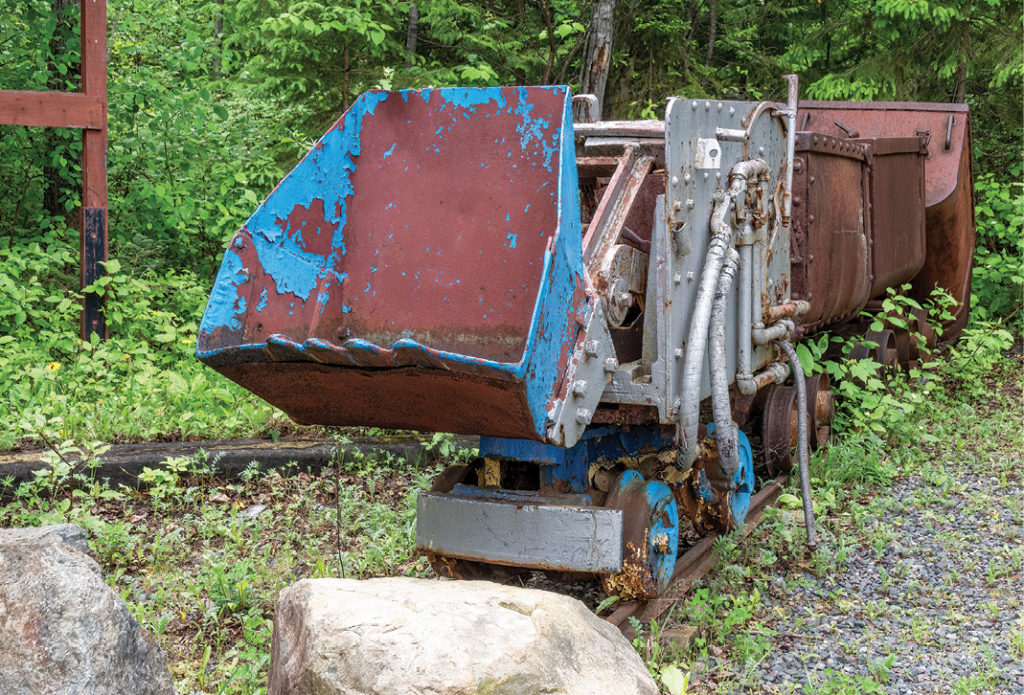
An old and rusted piece of mining equipment sits abandoned in a forest outside a mine in the small town of Cobalt, Ontario. CREDIT: JOHN/ADOBE STOCK
The massive expansion of Canada’s mining industry in the early twentieth century brought miners into close contact with one of the most fire-prone ecosystems on the planet ― the great boreal forest. Although prospectors sometimes lit fires to clear land for exploration, the smell of smoke and the site of flames more often signaled a mortal threat to new mining communities in northern Canada. With their hastily constructed wooden buildings, rudimentary fire fighting capabilities, and lack of viable transportation infrastructure, mining communities had almost no defenses against fire. Some fires might start within a town or a mine (such as the July 1909 fire in Cobalt, Ont.), but large forest fires also spelled potential doom for anyone or anything in their pathway.
The Porcupine fire of 1911 stands out as a particularly destructive event amid the bustle and promise of a rich new mining region. The Porcupine gold rush began in 1909 after legendary figures in the history of Canadian mining ― Jack Wilson, Benny Hollinger, Alec Gillies, Sandy McIntyre, and George Buttner ― discovered mineral deposits that became the foundation of Canada’s richest gold mining region. By 1911, there were a plethora of small communities and mining operations in the Porcupine, and the Timiskaming and Northern Ontario Railway completed a spur line to the region.
The summer of 1911 was a hot one, coming on the heels of a dry winter and spring that made the forests of northern Ontario more than ready to burn. Other changes to the local environment ― the creation of large slash piles because of logging for mining operations, fire suppression efforts in northern Ontario (which allows fuel loads to build up), and the discouragement of Indigenous burning ― may have exacerbated an already volatile situation. Fire was no stranger to the small mining camps and towns that made up the Porcupine (the town of Cochrane had burned the previous summer and the brand-new Hollinger surface plant burned in a forest fire in May 1911), but the wall of flame that ripped through the region in 1911 brought hardship and horror to residents.
On July 10, 1911, the temperature in the Porcupine regions was 41°C and several small fires were actively burning. The next day, increasing winds brought cooler air, but they also fanned the patchwork of fires, causing them to merge into a huge ribbon of flame over twenty miles in length and two miles wide in some sections. The heat from the growing fire also further whipped up the winds to tornado-like speeds of 110 to 160 km/h. Right in the path of the monster fire sat the fledgling town of South Porcupine, where residents mobilized every boat they could to evacuate further up Porcupine Lake to Golden City. Some remained behind to fight the fire or sought protection in the lake water. Many of these people, and many on the boats, drowned among huge waves that had developed on the lake.
At West Dome mine, the manager Bob Weiss organized crews to fight the fire with the company’s pumps and hoses, but they were quickly overwhelmed. Ten miners died battling the blaze, fifty survived by immersing themselves in the mine’s settling pond, while Weiss, his wife Jennie, his three-year old daughter Ariel, and seventeen other miners perished when they sought shelter in the mine workings, only to suffocate when the fire sucked out all the oxygen out from the underground. By the time it was all over, the fire had severely damaged or destroyed 10 mines, it had completely burned the communities of South Porcupine and Pottsville, and it had partially burned Golden city, Porquis Junction, and the town of Cochrane. While the official death toll was 73, local resident felt that many of the drowning victims or prospectors who died in remote bush areas went unaccounted for.
The fire became an international story, not only because of its destructiveness but because the Porcupine miners came from many different parts of the world. The Anaconda Standard of Montana stated that “the horrors [of the fire] are too gruesome for print,” but they printed them anyway, recounting how “one man was led through the town with both eyes burned out; another with his face and arms a mass of blisters. Harr Roche, a mining engineer, and A.S. Shields brought out a man who was so seriously burned his hand fell off when he was picked up.” The Quebec Chronicle painted a similarly chilling scene of the fire’s aftermath: “The streets of South Porcupine were strewn with dead human beings, horses, dogs, and cattle, while along the mine roads charred corpses lie at intervals.”
The press also highlighted stories of heroism and foolhardiness in the face of the flames. Several newspapers recounted the actions of a Mrs. Gohr who, with baby in arms, refused to leave the lakeshore area while she waited in vain for her husband, who had returned to town to fetch valuables. Miraculously, Mrs. Gohr and her baby survived, but her husband was never seen again. Historian Stephen Pyne has recounted how a man, named Edward Bell, became something of a folk hero for saving mine manager H.C. Meek and his family in South Porcupine. While attempting to flee, Meek’s family, having succumbed to the heat and smoke, simply lay down in the street and waited to die. Out of the din of the fire came Bell, who fought off the flames with water from nearby rain barrels, eventually saving the Meek family from certain death. Some incidents during the fire revealed the less savory aspects of human nature, such as several fights that broke out over access to boats (violence the Anaconda Standard blamed on “panicky foreigners,” likely a reflection of the ethnocentrism so prevalent during this period). As a counterpoint to these stories, the newspapers also highlighted the rapid fundraising and relief effort, with trains arriving in Cochrane just two days after the fire carrying material aid and crews to help with cleanup and the search for any survivors.
Mining towns and other communities in Canada’s northern forests remained vulnerable to the fatal effects until they had access to adequate means of escape by highway or airlift. In 1916, a large fire engulfed Cochrane and Matheson, taking the lives of 224 people. Six years later, a large fire levelled North Cobalt, Charlton, Haileybury, and other small northern Ontario communities. Haileybury was thriving town, home to many managers and owners of mines in the Cobalt and Porcupine area. The fire left 43 dead and 3,500 people homeless. The relief effort featured a donation of 80 streetcars from the City of Toronto, which were outfitted with stoves and rudimentary insulation, so people had some form of housing to get them through the winter.
Better systems of fire control and evacuation have prevented the mass mortality events of the past (though not the property destruction), but wildfires still cause major problems for the industry, including costly shutdowns, damage to equipment, and displacement of workers. At the same time, today’s encounters with wildfire can hardly compare to those earlier mine workers, prospectors, and managers who were injured or killed by fires from which they could not so easily turn away.
John Sandlos is a professor in the History Department at Memorial University of Newfoundland and the co-author (with Arn Keeling) of “Mining Country: A History of Canada’s Mines and Miners,” published by James Lorimer and Co. in 2021.

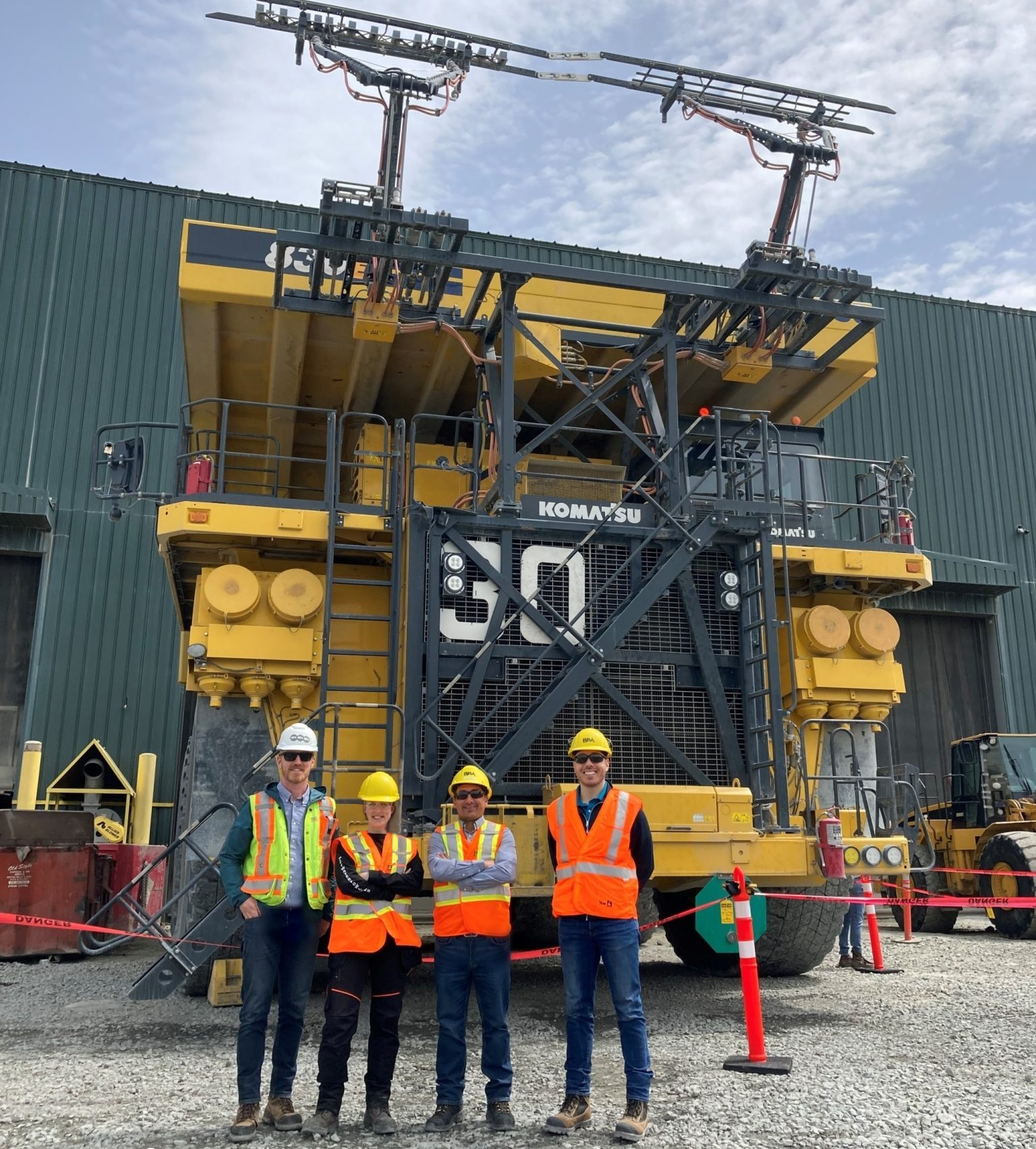
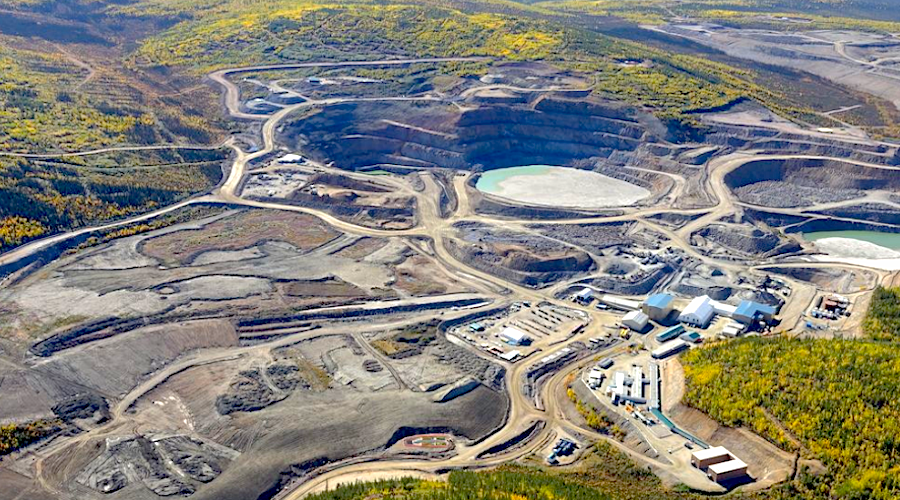
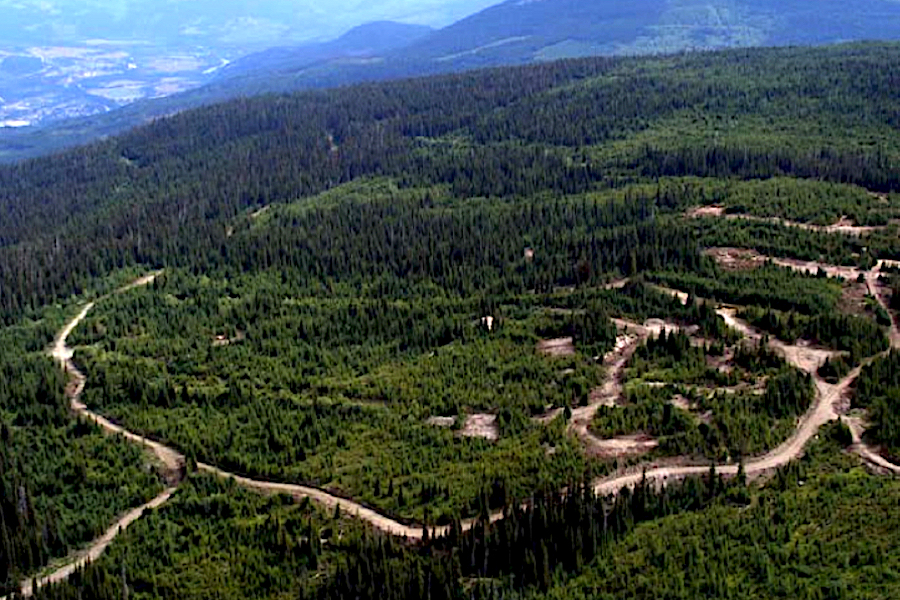
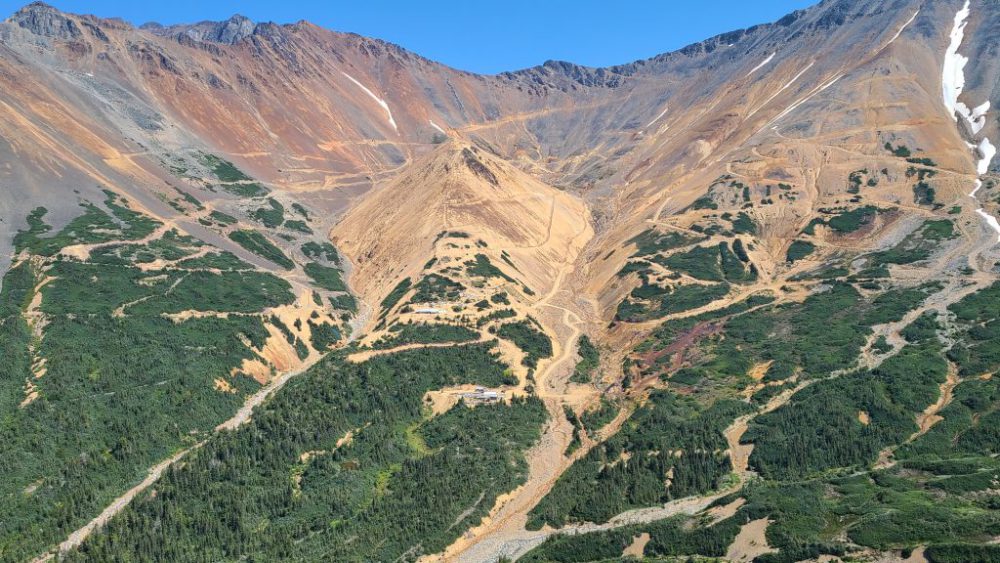
Comments